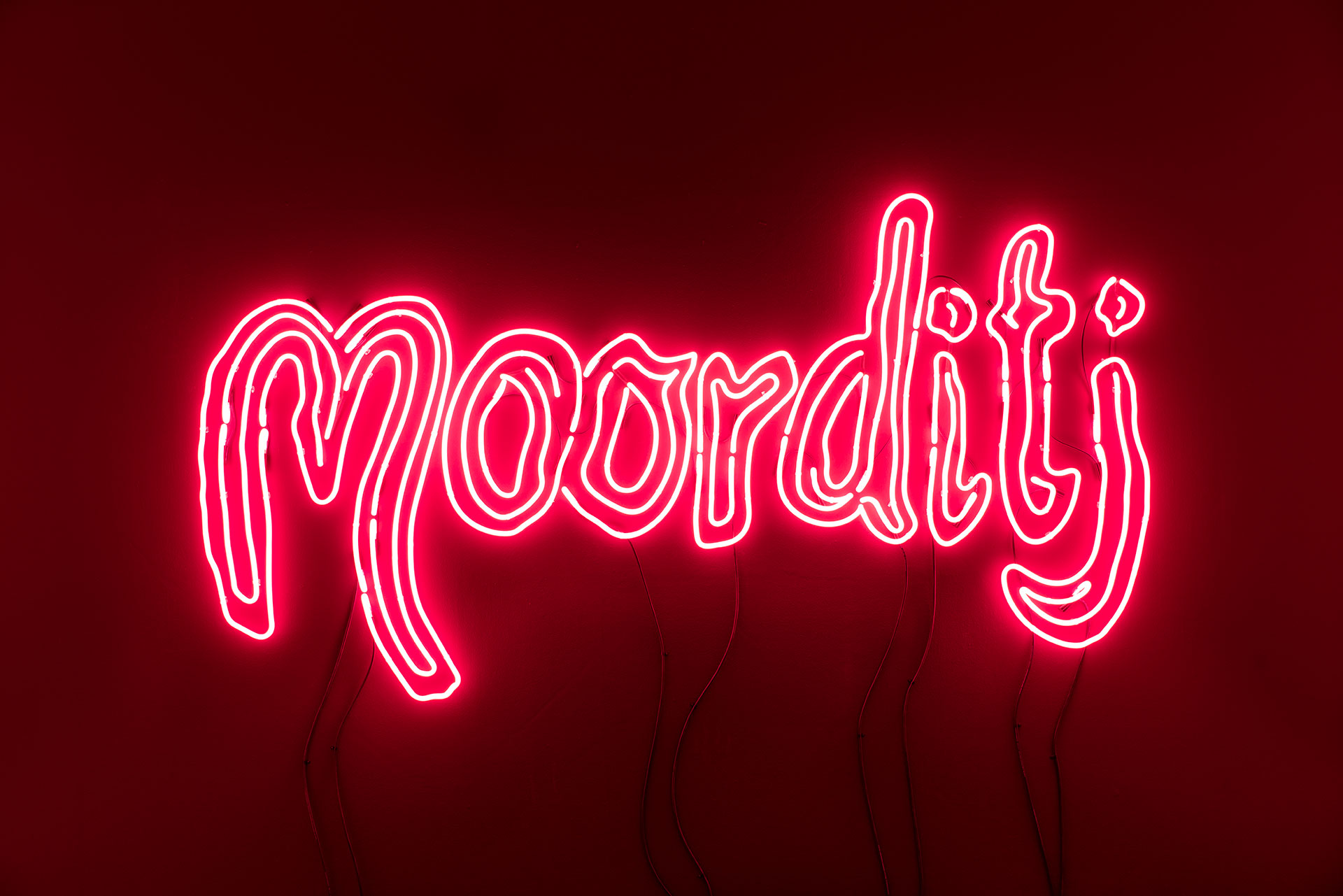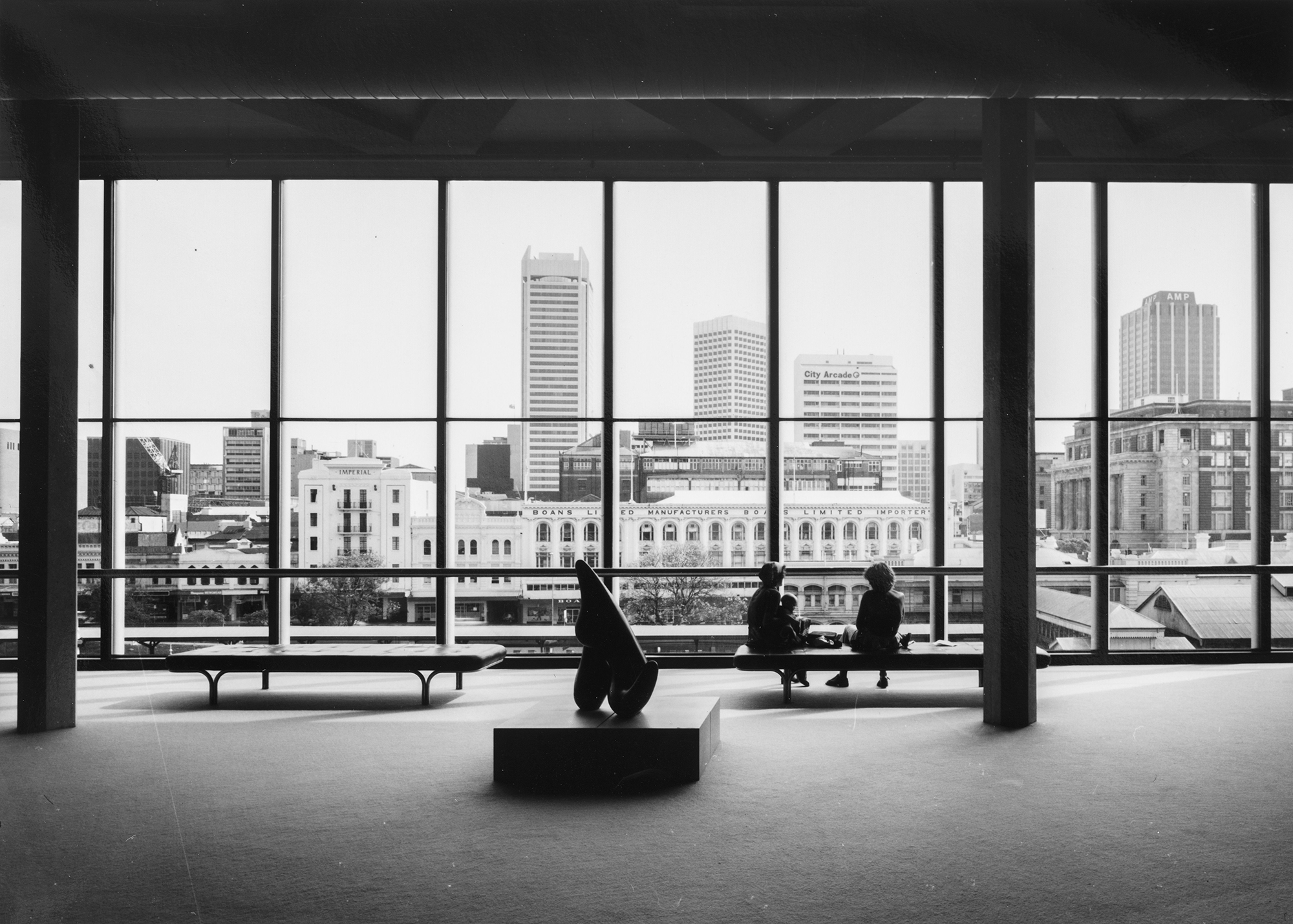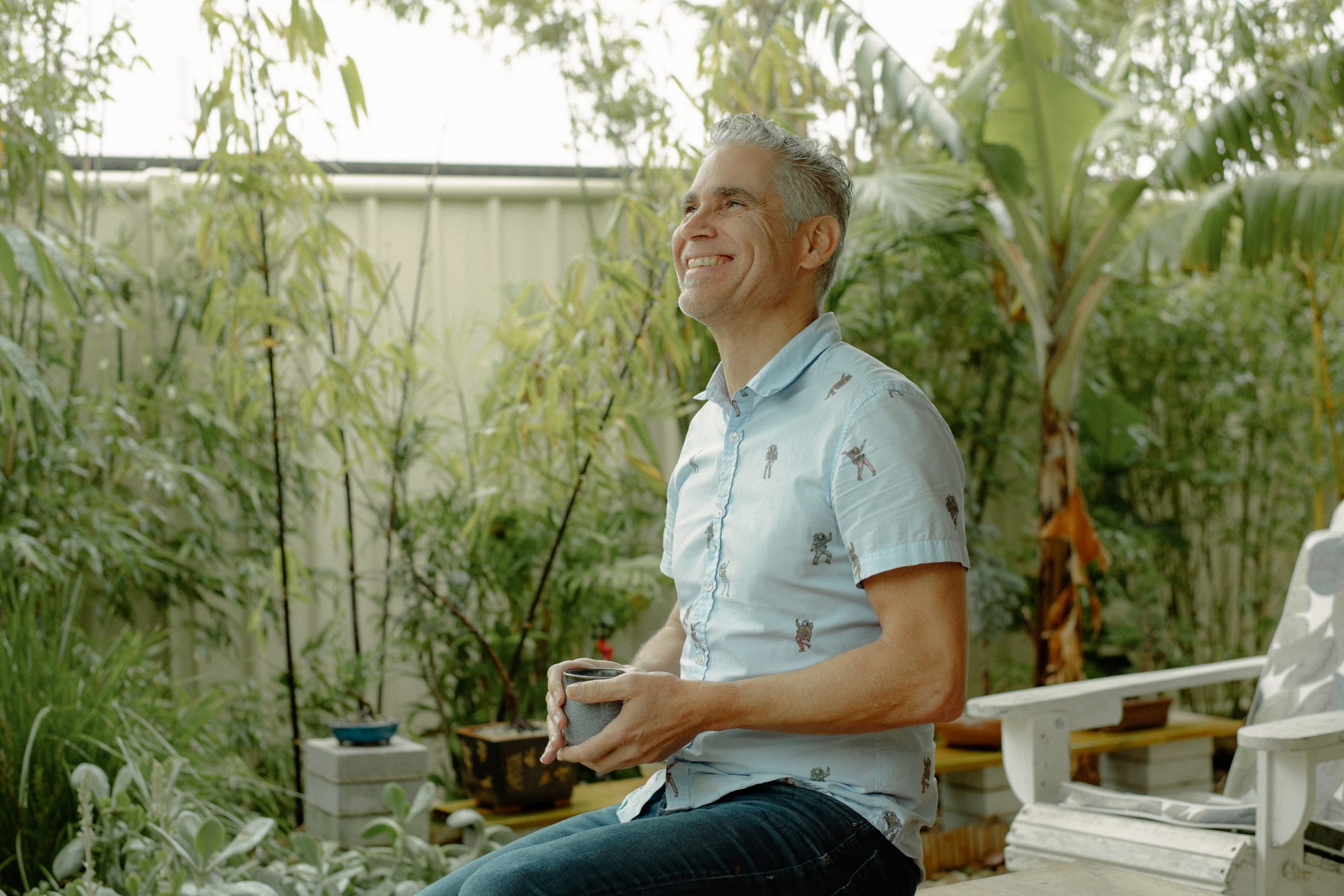Fiona Harman studies suburbia in her evocative small-scale oil paintings
A collection of five of Harman’s paintings are presented in “The View From Here”, exploring suburban disquiet and the emotional potential of our everyday surrounds.
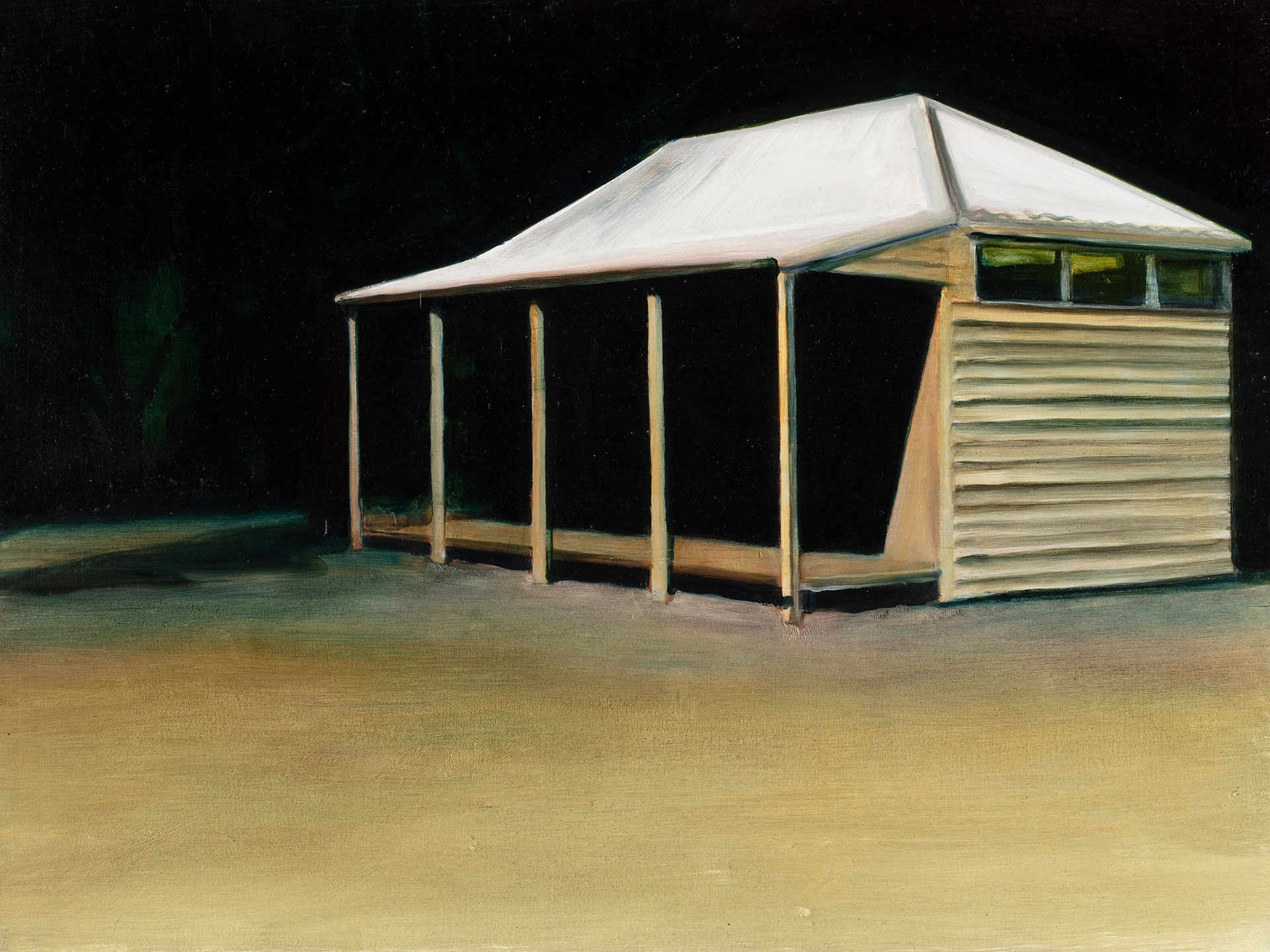
Fiona Harman House 2020. Oil on canvas, 32 x 42 cm. State Art Collection, Art Gallery of Western Australia. Purchased through the Art Gallery of Western Australia Foundation: TomorrowFund, 2020.
FROM HER STUDIO in an old brown brick home, Fiona Harman meditates on the very place she lives: suburbia. Her studio is in what might’ve once been a sunroom or additional living room—one of those strange long, windowed rooms in mid-century houses that capture all the sunlight but prevent it from reaching the rest of the house. As Harman paints, the breeze of open doors and windows animates her 70s-era floral curtains and carries the smell of her oil paints and turpentine outside, to where a Hills Hoist stands under Perth’s perfect blue sky.
For a number of years now, Harman has focused on water and swimming pools as sites for exploration of suburban experiences. Her paintings are charming and curious. They are usually small, which draws you in to look more closely, to study not only the painter’s technical explorations but also the undertones of the seemingly innocuous scenes to which she is attending.
“I’ve always had a general interest in suburbia, and the everyday stories of life,” Harman says. “The swimming pool is—usually—a place for acts of joy and enjoyment, but … water can also be a metaphor for other things and some of the other atmospherics of home. I’m interested in those sorts of menacing undertones of suburbia, without naming anything too specific.”
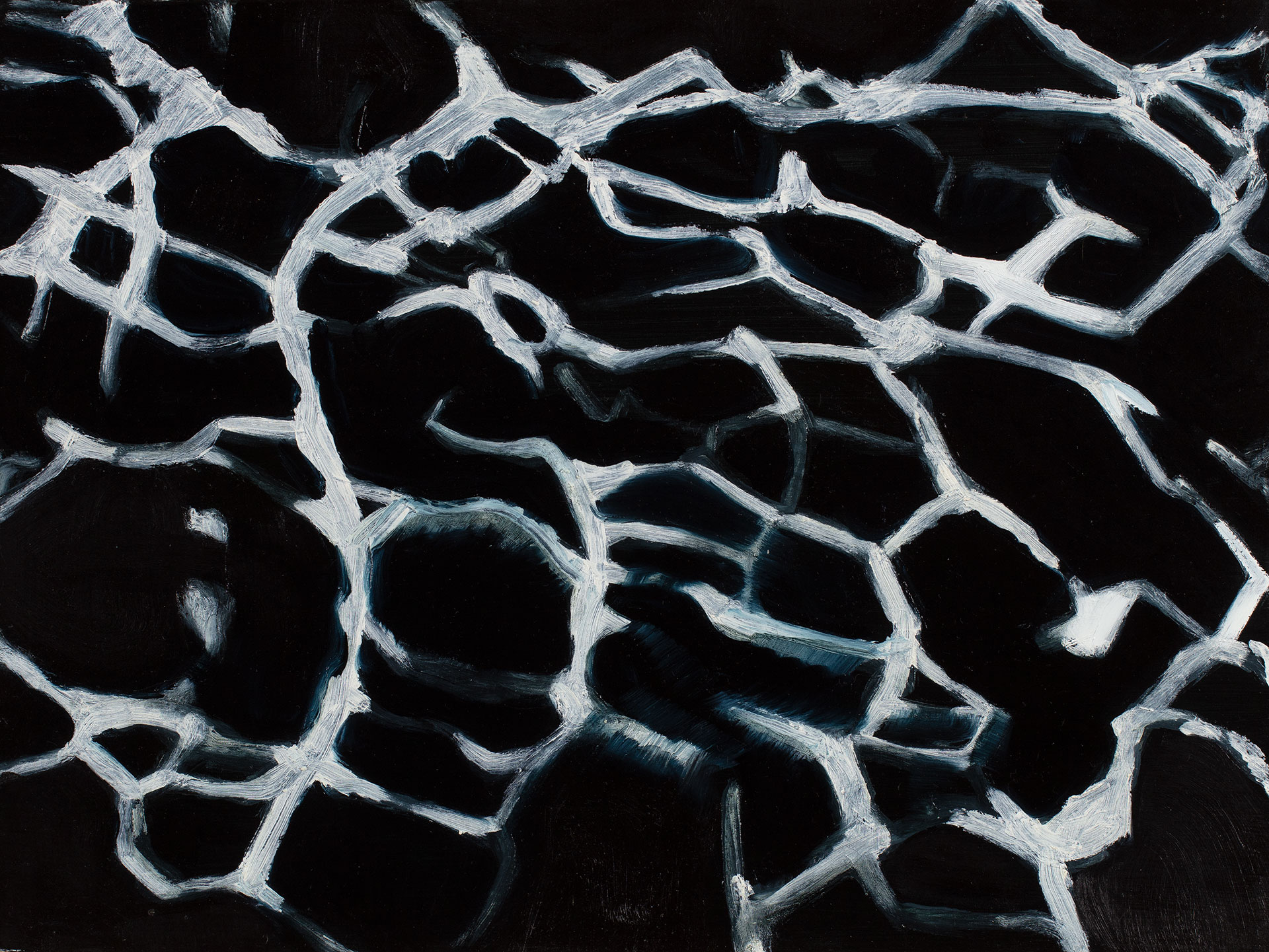
Fiona Harman Position I 2020. Oil on board, 32 x 42 cm. State Art Collection, Art Gallery of Western Australia. Purchased through the Art Gallery of Western Australia Foundation: TomorrowFund, 2021.
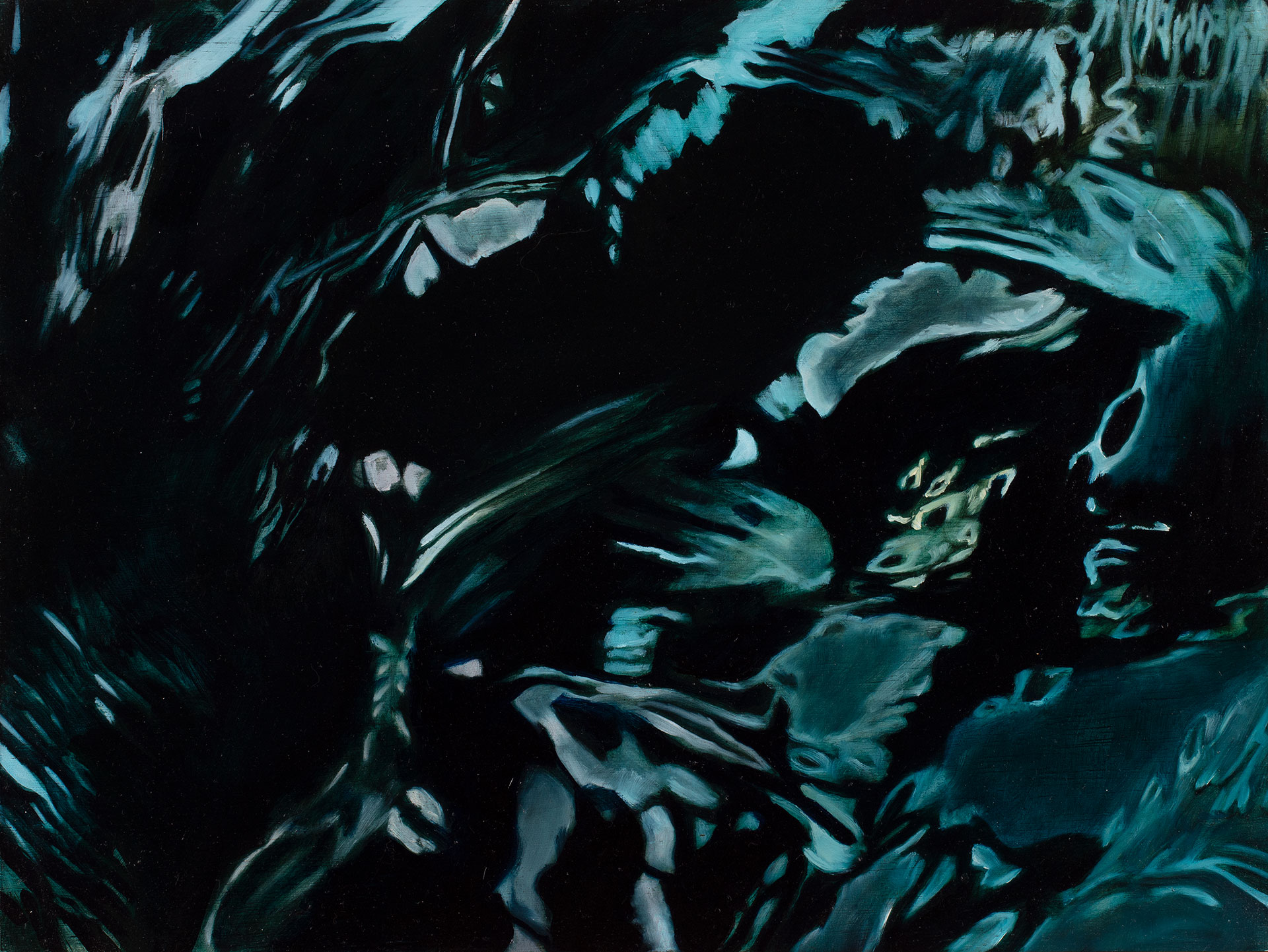
Fiona Harman Sirens 2020. Oil on board, 32 x 42 cm. State Art Collection, Art Gallery of Western Australia. Purchased through the Art Gallery of Western Australia Foundation: TomorrowFund, 2020.
This interest culminates in five 2020 works presented in The View From Here. As in Positions I, River Study II and Sirens, her waterscapes are often honed right in on the lines and patterns created by the movement of water or by its reflection of light. Other times, they’re more zoomed out to a vignette or single scene—a lone house under a spotlight in the dark of night, its façade completely opaque (House), for example, or a figure quietly winding out a pool cover, rendered in monochrome (Unwind).
While Harman’s observations of her own suburban life inspire much of her work, she also takes inspiration from depictions of the suburbs, and particularly swimming pools, elsewhere. “So many films are set in suburbia, around swimming pools, whether they’re the place someone gets murdered or a less intense plotline,” she observes. American Beauty, A Bigger Splash, Once Upon a Time in Hollywood, The Great Gatsby—who could forget that brief but terrifying pool scene in Poltergeist? The list goes on and on. Harman’s studies of suburbia thus fall into a long-established canon exploring such suburban (ab)normalities.
Harman’s scenes don’t attempt to decode our environment, but give us permission to feel and experience its enormous evocative potential. “By removing information [in my paintings], the pools become a place where the audience can attach their own readings,” she says. Harman taps into the potential of these spaces but at the same time adds to it, broadening and enriching the way we might relate to what’s in our own backyard.
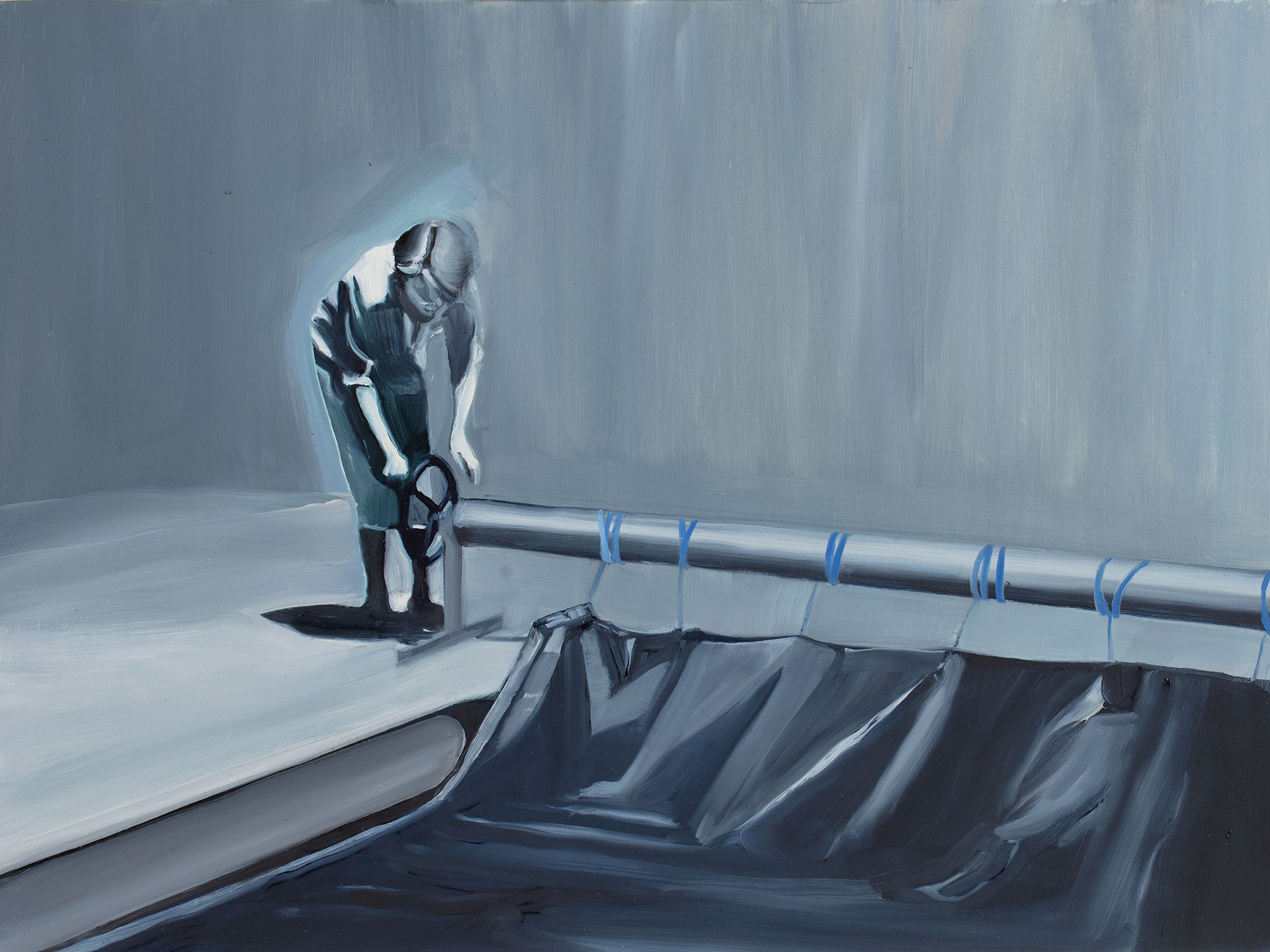
Fiona Harman Unwind 2020. Oil on board, 30 x 40 cm. State Art Collection, Art Gallery of Western Australia. Purchased through the Art Gallery of Western Australia Foundation: TomorrowFund, 2021.
“In the way I paint, the main priority for me is to create varied marks, to try and keep the viewer looking as long as possible,” she says. “I’m trying to … keep people guessing and looking longer, and suspending that space for a little while. It’s less about specific subject matter and more about exploring that space or time, and the act of looking and allowing feeling or emotion to unfold through that.”
As we speak, Harman is working on paintings of flowers based on photographs she took at Perth’s Botanical Gardens. When asked if she’s moving on from the pools—if the flowers might become a new point of reference—she says: “This will be one body of work, but tangentially, there’s always a swimming pool somewhere in the studio being painted.”
This article was first published in the print publication The View From Here in October 2021 under the title Suburban Undercurrents.
